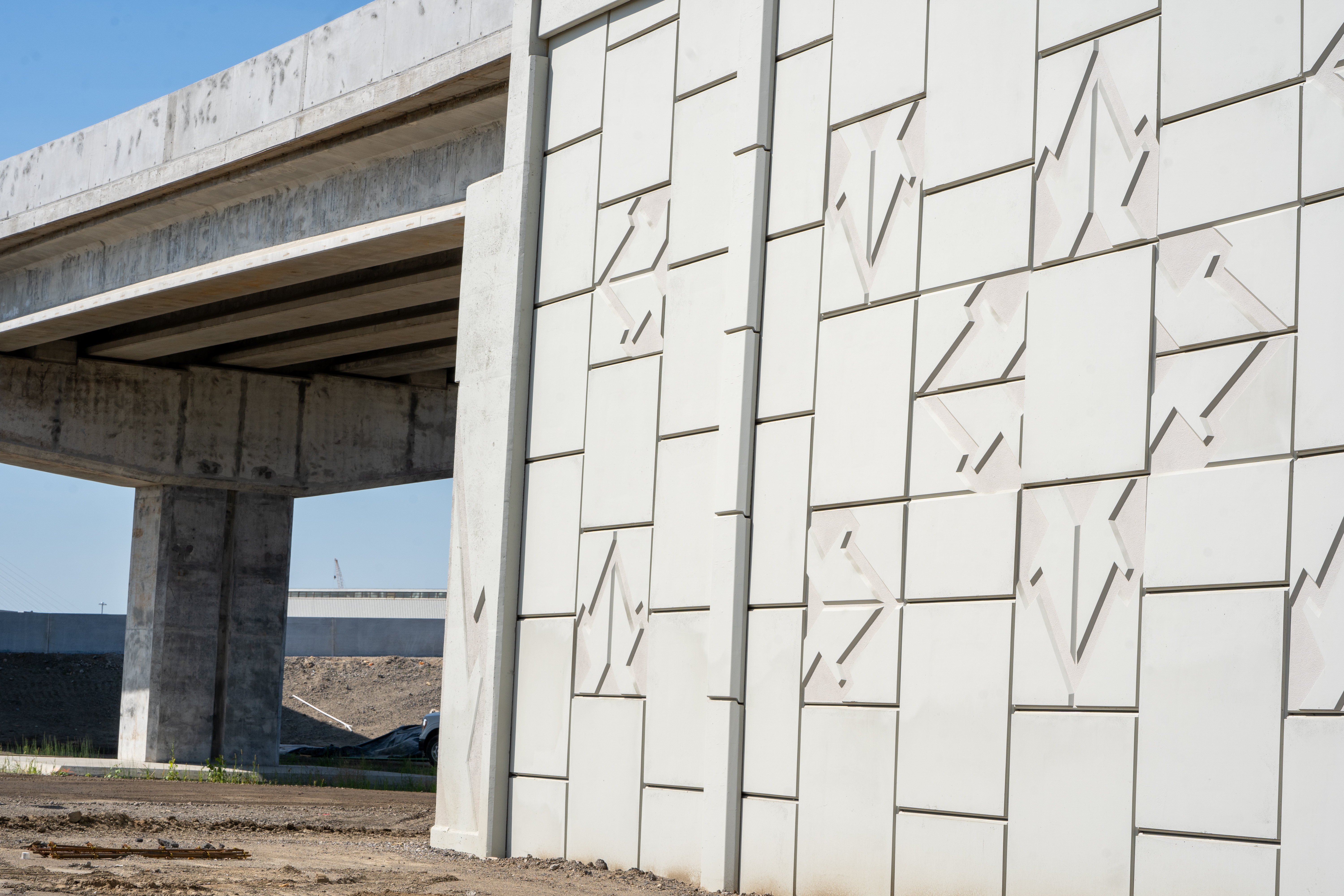
We all live in a world full of many animals, insects, plants, and creatures but some are approaching extinction.
That is why employees working on the Gordie Howe International Bridge project are taking steps to protect animals and flora found on the Canadian side of the project and are proud to acknowledge Endangered Species Day.
Every year on the third Friday in May, thousands of people come together to celebrate, learn about, and take action to protect threatened and endangered species. When a species is defined as endangered, its numbers are unusually low. When the last of the species is gone, they are gone for good.
WDBA’s Environmental Compliance Specialist Lindsay Bennett has worked with species at risk in Southwestern Ontario over the past 15 years. She agrees that it is important to acknowledge endangered species.
“It is a day that gives us an opportunity to reflect on how we can live more cooperatively with the natural environment and make decisions that support biodiversity,” says Bennett.
A report from the United Nations finds about one million animal and plant species are now threatened with extinction.
Bennett adds it is important to protect species at risk because they help maintain a healthy and balanced environment.
“Biodiversity is not just important for wildlife species, it is also the foundation for human health,” says Bennett. “Conserving biodiversity supports food security, reduces risks from flooding, and protects the natural processes that provide us with clean air and water.”

Exclusion fencing was installed in 2015 before construction activities began at the Canadian Port of Entry
At WDBA, Bennett is responsible for overseeing environmental compliance of the various activities as part of the Gordie Howe International Bridge project. She regularly conducts site inspections and reviews documents to ensure the large infrastructure project meets environmental requirements as per the Bridge to Strengthen Trade Act (BSTA).
The potential impacts to wildlife and flora in Canada and the US was completed as part of the coordinated environmental studies for the Gordie Howe International Bridge project before any construction activities took place. To mitigate impacts to wildlife species, extensive surveys were conducted which resulted in the relocation of at-risk plants and wildlife to a suitable natural area. Other mitigation measures were also implemented such as wildlife exclusion fencing and vegetation management to reduce the reintroduction of species at risk on the Canadian construction site.
Species at Risk that could still potentially access the construction site in Canada include the Eastern Foxsnake, the Butler’s Gartersnake, the Chimney Swift as well as Bank and Barn Swallows.
To date, there have been no incidents reported with a threatened or endangered species on the US project site and they are also not expected to be present based on current conditions.
Bennett says if an animal is identified within the active construction area, any activity that poses a threat to the animal would stop immediately.
“The animal would be allowed to move out of the construction area on its own,” notes Bennett. “If required, the animal would be safely captured by a qualified individual and relocated to a suitable natural habitat. Construction would only resume once an Environmental Specialist confirms the work area is clear of any animals.”
To learn more about WDBA’s work in helping protect species at risk, watch our video with Lindsay Bennett at the Broadway Drain on the Canadian Port of Entry of the Gordie Howe International Bridge project.



